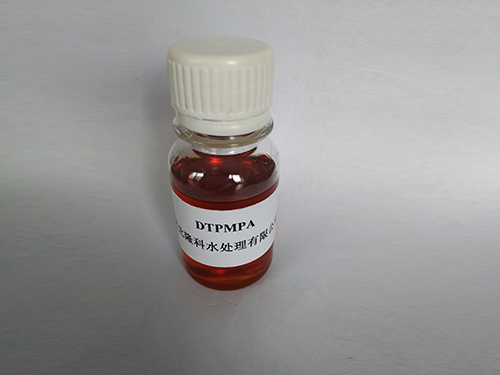Exploring the Applications and Benefits of Polyacrylamide Polymer in Various Industries and Research Fields
Understanding Polyacrylamide Polymer and Its Applications
Polyacrylamide (PAM) is a synthetic polymer that is widely used in various industries due to its unique properties and versatility. It is made from acrylamide monomers through a process called polymerization. This polymer has the ability to enhance the properties of water, making it an essential component in fields such as water treatment, agriculture, and biomedical applications.
Structure and Properties
Polyacrylamide is a hydrophilic (water-attracting) polymer characterized by its ability to form gel-like structures and its excellent adhesive properties. The polymer can be produced in different molecular weights and structures, including linear, cross-linked, and partially hydrolyzed forms, allowing for tailored applications. The degree of hydrolysis, along with the molecular weight, significantly impacts the polymer's behavior in solutions, influencing factors such as viscosity, solubility, and adsorption characteristics.
Applications in Water Treatment
One of the primary applications of polyacrylamide is in water treatment processes. It acts as a flocculant, helping to aggregate and settle suspended particles during the purification of drinking water and wastewater treatment. By enhancing the removal of impurities, PAM ensures that water quality standards are met. The effectiveness of PAM in these processes can lead to reduced chemical costs and improved operational efficiency for treatment plants.
Moreover, polyacrylamide gels are used in electrophoresis, a laboratory technique that separates biomolecules such as proteins and nucleic acids. The gel’s porous nature allows for the controlled movement of particles, making it ideal for research and diagnostic applications.
Role in Agriculture
polyacrylamide polymer

In agriculture, polyacrylamide is utilized as a soil conditioner. Its ability to retain moisture and improve soil structure is especially beneficial in arid regions where water scarcity is a significant concern. When applied to soil, PAM can help reduce erosion, enhance water infiltration, and promote better crop yields. By improving soil aeration and reducing runoff, polyacrylamide contributes to sustainable farming practices that safeguard the environment while increasing agricultural productivity.
Additionally, PAM is often used in irrigation systems. When combined with irrigation water, it increases the water retention capabilities of the soil, allowing crops to grow more effectively even with limited water supply. This advancement is crucial in combatting the effects of climate change and ensuring food security.
Biomedical Applications
The biomedical field has also seen innovative applications of polyacrylamide. Its biocompatibility and tunable properties make it suitable for use in drug delivery systems, tissue engineering, and wound dressings. PAM-based hydrogels facilitate cell proliferation and can be designed to release therapeutic agents in a controlled manner, improving treatment efficacy in various medical conditions.
Safety and Environmental Considerations
While polyacrylamide is widely used, concerns regarding the safety of acrylamide, a potential neurotoxin and carcinogen, have led to stringent regulations. It is essential to use PAM in its polymerized form to minimize the risks associated with unreacted acrylamide. Responsible handling and adherence to safety guidelines are paramount when working with this polymer in any application.
Conclusion
Polyacrylamide polymer is a remarkable material that plays a crucial role in numerous industries. Its versatility, from enhancing water quality in treatment processes to conditioning soil in agriculture, highlights its significance in addressing modern challenges. As research continues to uncover new applications and safer handling practices, the potential for polyacrylamide to contribute to sustainable development remains promising. The future of this polymer is bright, with ongoing innovations anticipated to enhance its utility even further.
-
Water Treatment with Flocculant Water TreatmentNewsJun.12,2025
-
Polymaleic AnhydrideNewsJun.12,2025
-
Polyaspartic AcidNewsJun.12,2025
-
Enhance Industrial Processes with IsothiazolinonesNewsJun.12,2025
-
Enhance Industrial Processes with PBTCA SolutionsNewsJun.12,2025
-
Dodecyldimethylbenzylammonium Chloride SolutionsNewsJun.12,2025





